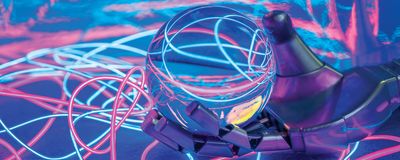technology
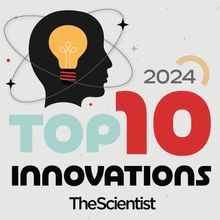
2024 Top 10 Innovations
The Scientist Staff | Dec 13, 2024 | 10+ min read
The latest group of winning technologies has a little something for everyone—from scientists at the lab bench to those in the clinic and even the classroom.
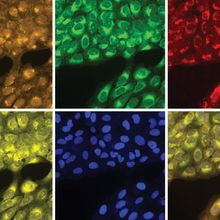
Cell Painting: Exploring the Richness of Biological Images
Mariella Bodemeier Loayza Careaga, PhD | Sep 8, 2023 | 4 min read
By coloring different organelles simultaneously, cell painting allows scientists to pick up subtle changes in cell function in response to drugs and other perturbations.
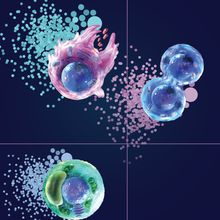
Sort What You See
BD Biosciences | Aug 29, 2023 | 1 min read
Camera-free imaging unlocks new cell sorting applications.
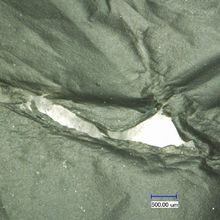
Alpine and Arctic Microbes Break Down Plastics
Alejandra Manjarrez, PhD | Jul 7, 2023 | 2 min read
Researchers identified cold-adapted microbes that degrade certain plastics at low temperatures, potentially saving energy in industrial recycling.

2022 Top 10 Innovations
The Scientist | Dec 12, 2022 | 10+ min read
This year’s crop of winning products features many with a clinical focus and others that represent significant advances in sequencing, single-cell analysis, and more.

Last Chance to Enter Our Annual Top 10 Innovations Contest
The Scientist | Jul 11, 2022 | 1 min read
There is only one week remaining to submit your new product to vie for a coveted spot in The Scientist’s 2022 competition.
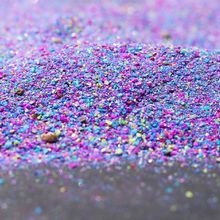
A Brave New World for Spatial Genomics in Cancer Research
Nele Haelterman, PhD | Jun 27, 2022 | 3 min read
A new CRISPR screening technology allows scientists to recreate tumor heterogeneity in vivo and study how it affects all aspects of cancer biology.
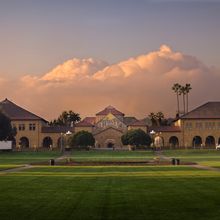
Stanford to Launch New Climate Change School This Fall
Amanda Heidt | May 5, 2022 | 4 min read
The launch of the Stanford Doerr School of Sustainability—the first new school at the university in 70 years—comes thanks to a $1.1 billion gift from a venture capitalist and his wife.
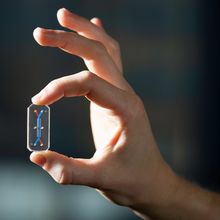
The Scientist Speaks - Preventing the Next Pandemic With Organ Chips
Nele Haelterman, PhD | Mar 30, 2022 | 1 min read
Don Ingber discusses how organ-on-a-chip technology helps identify, study, and combat viral variants that could cause the next pandemic.
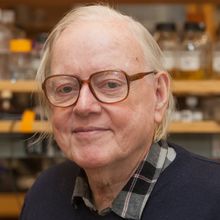
Biophysicist Howard Berg Dies at 87
Lisa Winter | Mar 22, 2022 | 2 min read
His research uncovered secrets of motility in E. coli.
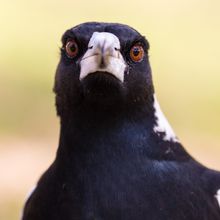
Altruism in Birds? Magpies Have Outwitted Scientists by Helping Each Other Remove Tracking Devices
Dominique Potvin | Feb 22, 2022 | 4 min read
It was the first time a bird has removed a tracking device, and the second time a bird species showed cooperative “rescue” behavior.
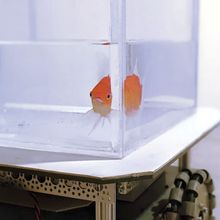
Researchers Train Goldfish to “Drive”
Chloe Tenn | Jan 12, 2022 | 6 min read
The Scientist spoke with cognitive neuroscientist Ronen Segev about how he taught goldfish to maneuver a moveable tank over land toward a visual target.
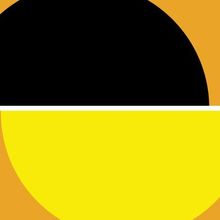
Book Excerpt from Great Minds Don't Think Alike
Marcelo Gleiser | Dec 1, 2021 | 4 min read
In the introduction, editor Marcelo Gleiser establishes the need for dialogue across the science-humanities divide in academia.
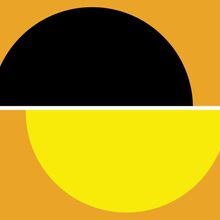
Opinion: Bridging the Intellectual Divide
Marcelo Gleiser | Dec 1, 2021 | 3 min read
To solve modern problems, we must integrate the sciences and the humanities and think across these traditionally disparate disciplines.

2021 Top 10 Innovations
The Scientist | Dec 1, 2021 | 10+ min read
The COVID-19 pandemic is still with us. Biomedical innovation has rallied to address that pressing concern while continuing to tackle broader research challenges.
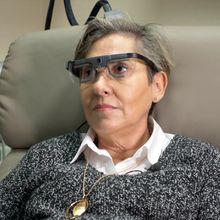
Prosthetic Device Partially Restores Blind Biology Teacher’s Vision
Lisa Winter | Oct 26, 2021 | 2 min read
With the help of special glasses that interface with electrodes embedded in her brain, Berna Gomez was able to read letters and distinguish shapes for the first time in 16 years.

Keeping Pace With SARS-CoV-2 Evolution
The Scientist Creative Services Team in collaboration with Thermo Fisher Scientific | Sep 29, 2021 | 1 min read
Eugene Koonin and Eric Niederkofler discuss novel technologies to improve viral mutation surveillance.

US Senate Passes Bill for Nearly $250 Billion in Science Funding
Christie Wilcox, PhD | Jun 9, 2021 | 2 min read
The legislation, which now heads to the House, aims to ensure the country can compete with China technologically by supporting research and development over the next five years.

Experts Predict the Hottest Life Science Tech in 2021 and Beyond
Bob Grant | Feb 1, 2021 | 7 min read
Last year’s Top 10 Innovations judges look into their crystal balls.
